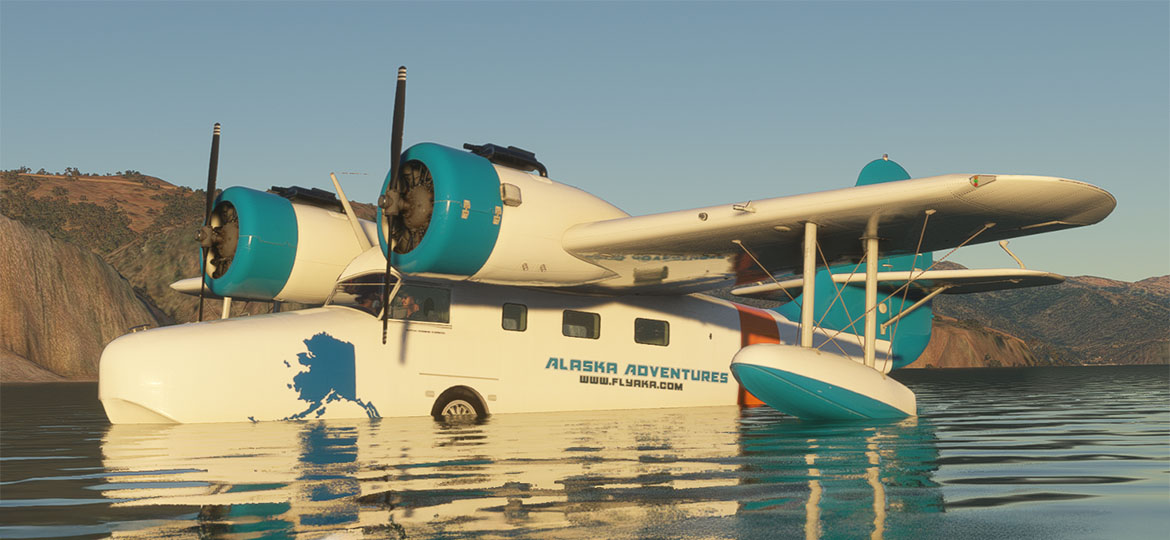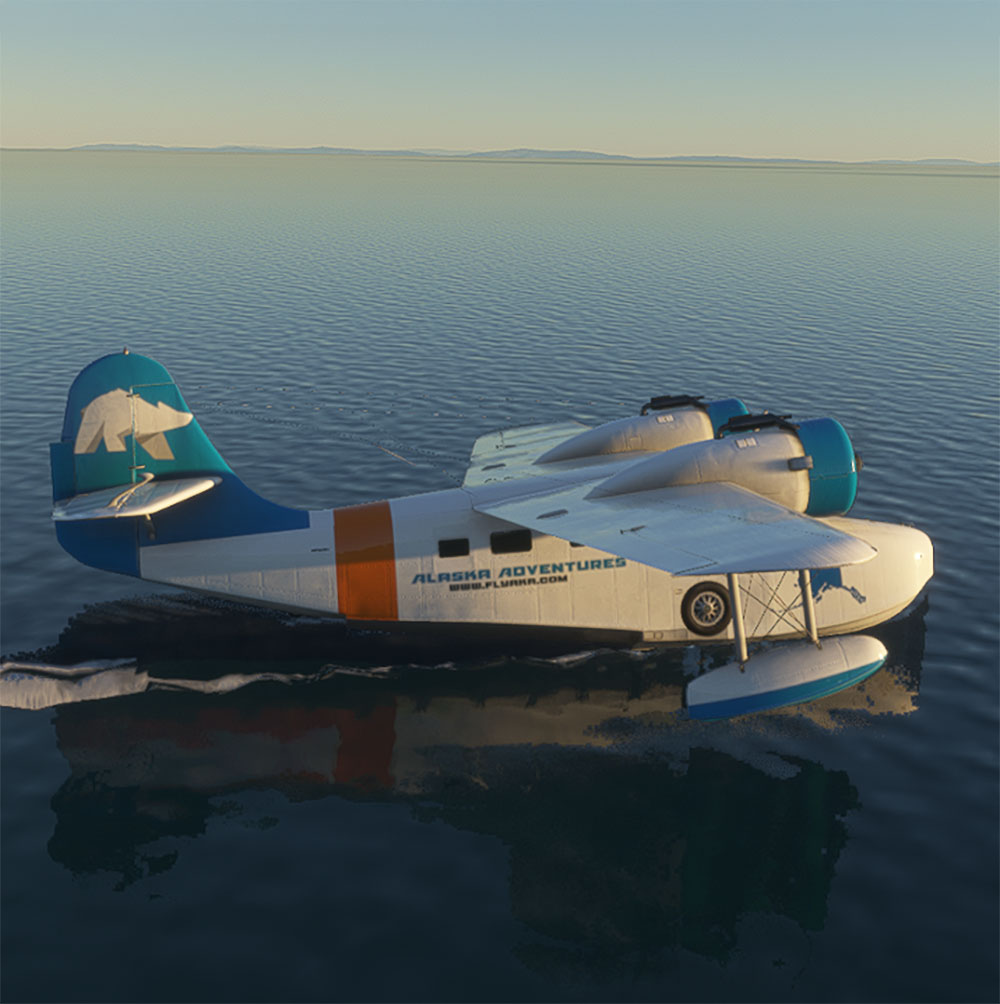Grumman G-21 Goose


Aircraft Description
The Grumman G-21 Goose is an amphibious flying boat designed by Grumman to serve as an eight-seat "commuter" aircraft for businessmen in the Long Island area. The Goose was Grumman's first monoplane to fly, its first twin-engined aircraft, and its first aircraft to enter commercial airline service. During World War II, the Goose became an effective transport for the US military (including the United States Coast Guard), as well as serving with many other air forces. During hostilities, the Goose took on an increasing number of combat and training roles.
In 1936, a group of wealthy residents of Long Island, including E. Roland Harriman, approached Grumman and commissioned an aircraft that they could use to fly to New York City. In response, the Grumman Model G-21 was designed as a light amphibious transport. Grumman produced a high-wing monoplane of almost all-metal construction—the trailing half of the main wing and all of the flight control surfaces except for the flaps were fabric-covered. It was powered by two 450 horsepower (340 kW) Pratt & Whitney R-985 Wasp Junior nine-cylinder, air-cooled, radial engines mounted on the leading edges of the wings. The deep fuselage served also as a hull and was equipped with hand-cranked retractable landing gear. First flight of the prototype took place on May 29, 1937.
In November 2007, Antilles Seaplanes of Gibsonville, North Carolina, announced it was restarting production of the turbine-powered McKinnon G-21G Turbo Goose variant, now identified as the Antilles G-21G Super Goose. Pratt & Whitney Canada PT6A-34 turboprops flat-rated to 680 shp (510 kW) would have replaced the original PT6A-27 engines, and the airframe systems and especially the avionics (aviation electronics – i.e. radios and navigation systems) would have been updated with state-of-the-art "glass panel" instrumentation and cockpit displays. However, as of 2009, Antilles Seaplanes' manufacturing center has been foreclosed and sold at auction. The fate of new Goose production is currently unknown.




